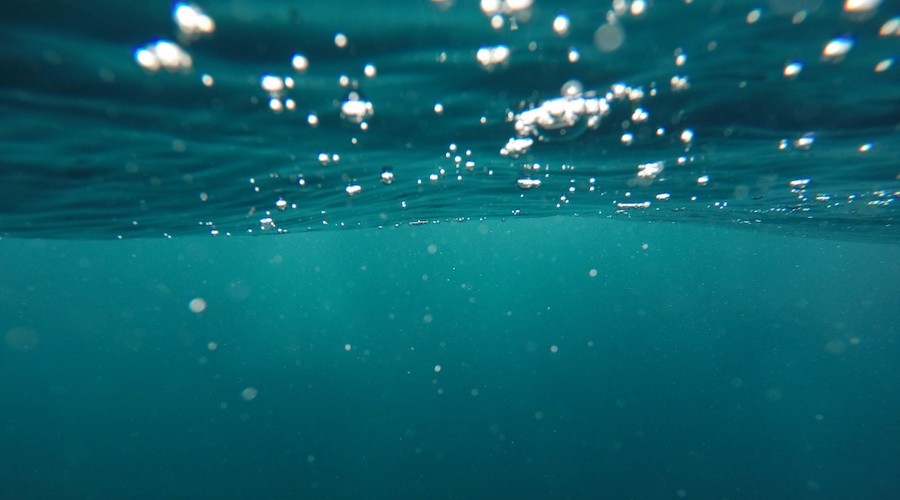Process for extracting lithium from seawater may be better suited for brine from continental sources – Roskill

Roskill, however, points out that the membrane used in the experiment had a diameter of ~20mm with a thickness of ~55μm, and was reported to be particularly brittle. This means that the scaling up of the thin membrane, being critical to the process yield, could create a barrier to commercial-scale operations.
In addition to this, the analyst highlights the fact that the sample of seawater used, from the famously saline Red Sea, will not be representative of water sourced from many other seas and oceans.
Despite these observations, Roskill says that the method of producing lithium phosphate from seawater-derived brine containing 0.9% Li could have other applications.
“While seawater represents a potential new source of lithium, the process may provide greater use in purifying and upgrading higher concentration lithium brine derived from continental or geothermal sources,” the review states. “The ability to produce high purity lithium phosphate with low Mg, Na and other impurities would make products from several brine sources viable for use in Li-ion battery applications and may reduce the need for lithium compounds to be upgraded using existing costly processes.”




